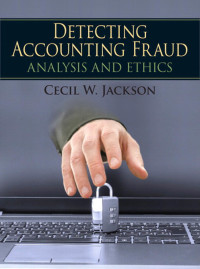
Davenport Company buys Alpha-11 for $6 a gallon. At the end of distilling in Department A, Alpha-11 splits off into three products: Beta- 1. Beta-2, and Beta-3. Davenport sells Beta-1 at the split-off point, with no further processing; it processes Beta-2 and Beta-3 further before they can be sold. Beta-2 is fused in Department B, and Beta-3 is solidified in Department C. Following is a summary of costs and other related data for the year ended November 30. Department (1) Distilling (2) Pusing (3) Solidifying Cost of Alpha-11 $715,000 0 0 Direct labor 177,000 $344,000 $492,000 Manufacturing overhead 150,000 260,000 405,000 Products Gallons sola Gallons on hand at year-end Sales Beta-1 Beta-2 Beta- 181,000 362,000 543,000 126,000 0 189,000 $724,000 $2,172,000 $3,258,000 Davenport had no beginning inventories on hand at December 1 and no Alpha-11 on hand at the end of the year on November 30. All gallons on hand on November 30 were complete as to processing. Davenport uses the net realizable value method to allocate joint costs. Required: Compute the following: a. The net realizable value of Beta-1 for the year ended November 30, b. The joint costs for the year ended November 30 to be allocated. c. The cost of Beta-2 sold for the year ended November 30, (Do not round intermediate calculations. Round your final answer to the nearest whole dollar amount.) d. The value of the ending inventory for Beta-1. (Do not round intermediate calculations. Round your final answer to the nearest whole dollar amount) Required: Compute the following: a. The net realizable value of Beta-1 for the year ended November 30. b. The joint costs for the year ended November 30 to be allocated. c. The cost of Beta-2 sold for the year ended November 30. (Do not round intermediate calculations. Round your final answer to the nearest whole dollar amount.) d. The value of the ending inventory for Beta-1. (Do not round intermediate calculations. Round your final answer to the nearest whole dollar amount.) Net realizable value of Beto-1 b. Joint costs Cost of Beta-2 sold d. Ending inventory for Beta-1








